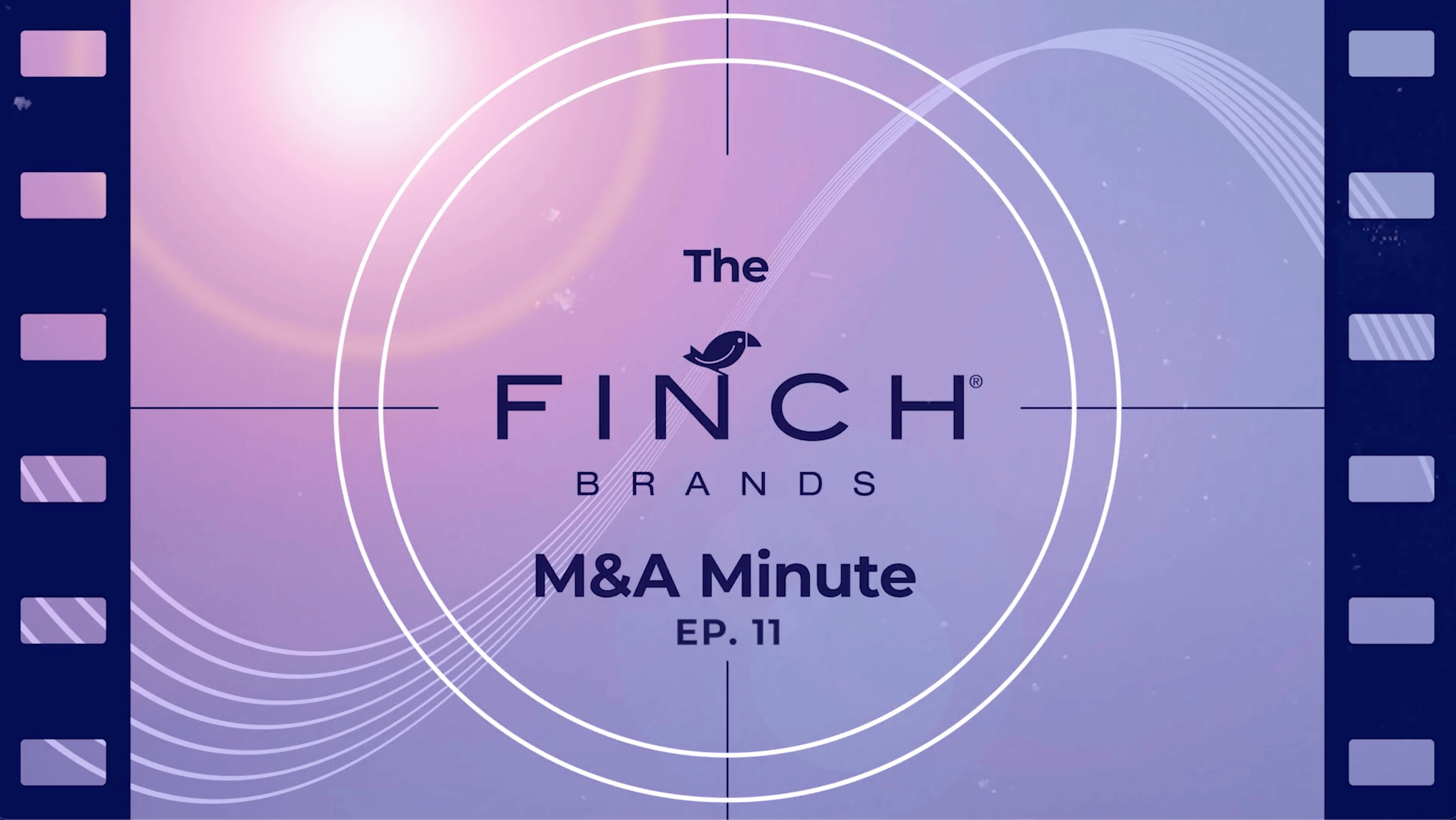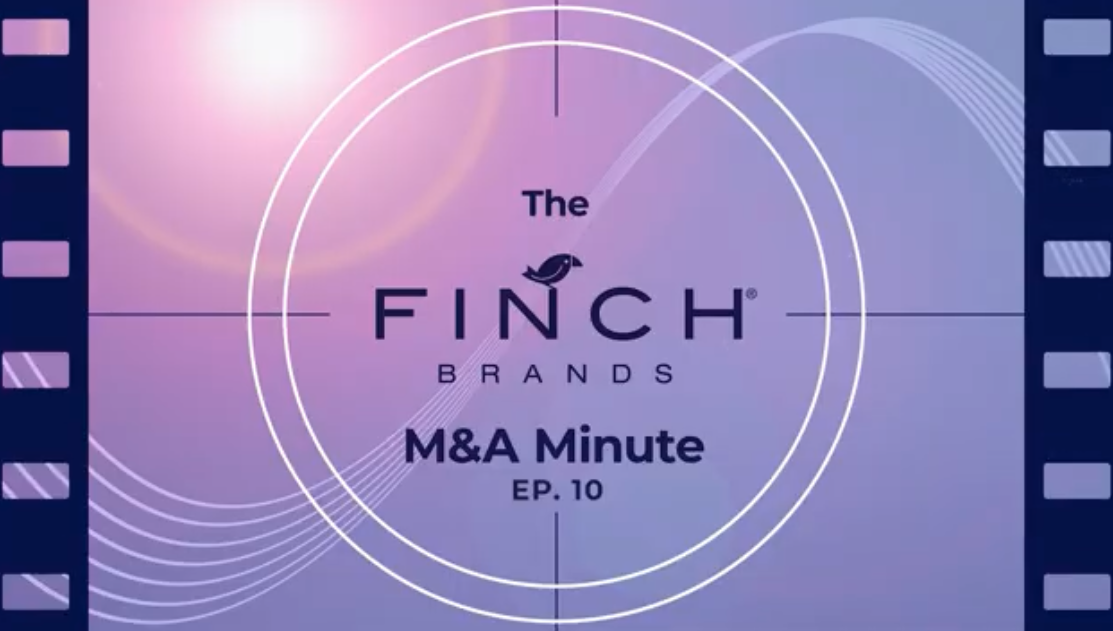What Is Brand Voice? And Why Does It Matter?

Perceptions are shaped by every experience a person has with a brand – from ads to stores to salespeople to websites to instructions and well beyond. It is likely that we, as brand managers, desire for our brand to be seen a certain way – so we must choreograph those experiences to deliver the desired perceptual outcomes.
What is Brand Voice?
Quite simply, our voice (which is a core component of ‘brand personality’) is how we communicate. No matter how we want to be seen – as a wise friend, a fun companion, a nurturing parent, a tech expert, a restless creative, etc. – our voice must reinforce that for which we seek to be known.
A brand’s voice is often just as important as what we choose to say. For example, truly premium or luxury brands don’t typically describe themselves in those terms – they focus not on saying it, but being it. It oozes from their voice, what they seem to care about, the elements they seek to prioritize or elevate, the characteristics they put on display.
Why Is a Brand Voice So Important?
A brand voice is an essential part of our brand strategy for several reasons. We use brand voice:
- To stand out: Particularly in categories where products or services may be similar, voice can help us break through, set expectations, and position our brand.
- To reinforce: Ideally, our brand voice becomes a recognizable aspect of what our brand means. A voice that fits our message reinforces key ideas in ways that stick.
- To connect: If our voice is well-matched with the rational/emotional thought planes of customers as they consider us, it will help us connect.
How Do We Create A Brand Voice? A Good Start
At Finch Brands, brand voice development springs from our overall brand strategy – a set of core ideas that define for what we seek to stand, with whom we hope to connect, and on what basis we compete and win. Brand strategy is fundamental – and brand voice builds a bridge between strategy and marketing execution.
With that in mind, there are several elements to consider when creating a brand voice:
Positioning
For what do we seek to be known in the market? The answer to that question will fuel brand voice definition. For example, let’s say we’re a healthcare organization and our positioning promises a higher level of caring. Then our brand voice should be empathetic, supportive, and human. A key question here is ‘what do we want them to take away?’
Context
What is our target seeking and what is s/he feeling when shopping our category? Our brand voice should be responsive to the rational and emotional things that matter to the customer. For example, if our target is likely to find our category or service offering confusing, we might elevate honesty, clarity, and transparency in our brand voice. A key question here is ‘how do we want them to feel?’
Tone
Tone refers to how our communications ‘sound.’ If we’re a scrappy underdog in our category, our tone may be whimsical and high energy. If we’re claiming the mantle of thought leadership, our tone should be confident and authoritative. A key question here is ‘how do we want them to view us?’
So, as for the ‘how,’ we should start by addressing the points above. With answers in hand, we’re ready to document key brand voice principles.
There are a couple of key assets with which to start:
- What we are and what we’re not
List adjectives that describe how our brand voice should feel and also make a list of how it should NOT feel. The ‘not’ shouldn’t be a bunch of negative words – both lists should be positive. For example, a progressive brand might list ‘modern’ as us and ‘classic’ as not us.
- Elevator pitch and brand narrative
Then, write several statements of various lengths. An ‘elevator pitch’ is a short description of our brand that is ideal for a quick introductory interaction (like an elevator ride). It should be 1-2 sentences of description written in our brand voice.
A brand narrative is a slightly longer form deliverable – maybe 2-3 paragraphs. Think of the ‘About Us’ page on a website or the boilerplate at the bottom of a press release. This should go a little deeper yet also be packaged in our brand voice.
These building blocks – the list and the statements – represent the foundation of brand voice and should be helpful reference points to all who play a role in crafting brand communications. We will want to review everything – web copy, social media, internal comms, instructions, scripts, etc. – to ensure power and consistency.
In summary, brand voice is part of how a brand strategy connects to things the market will see and hear. As such, it is essential to skillful brand development and execution.
We’re here to help – contact us today if you’d like to learn more!





